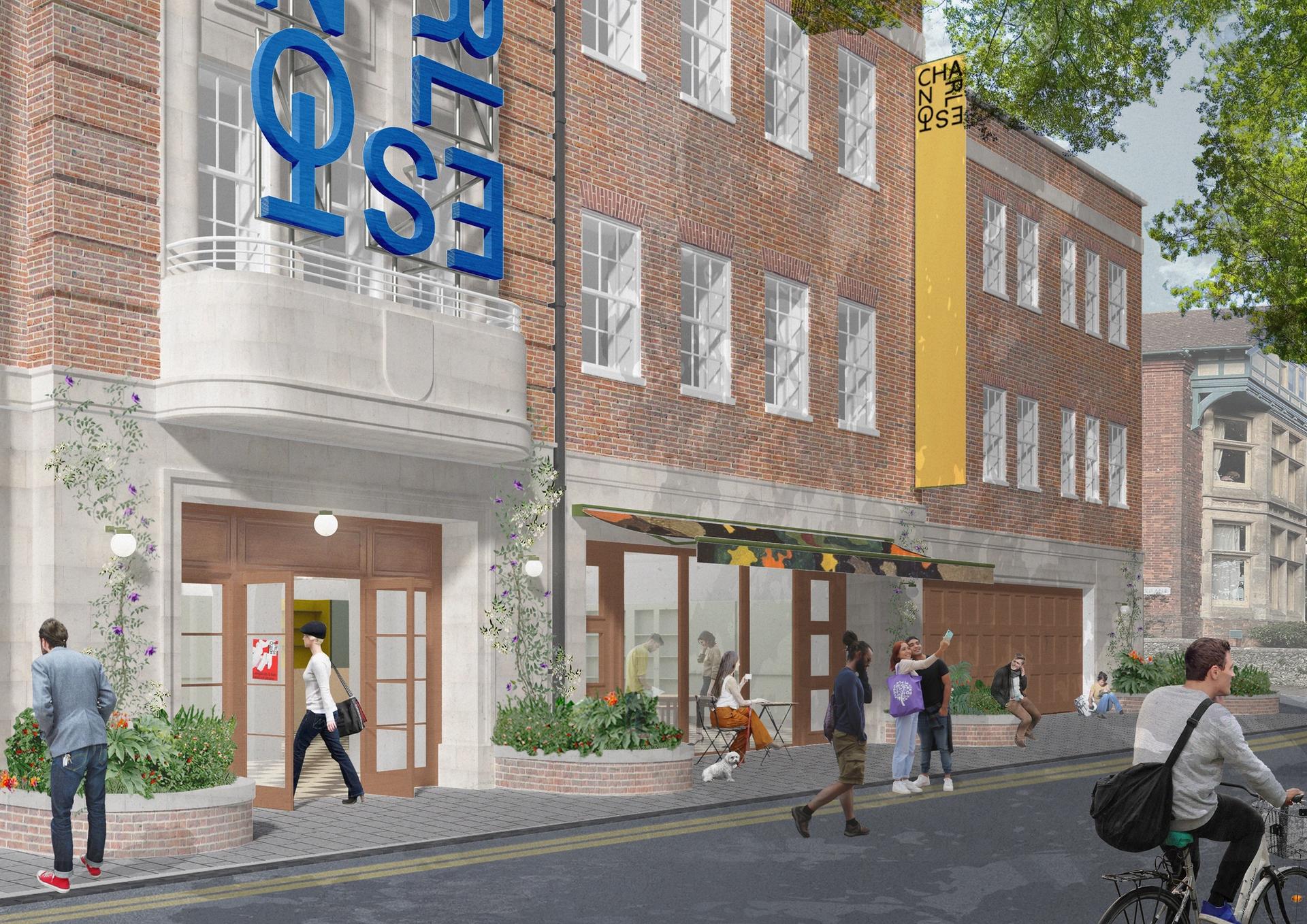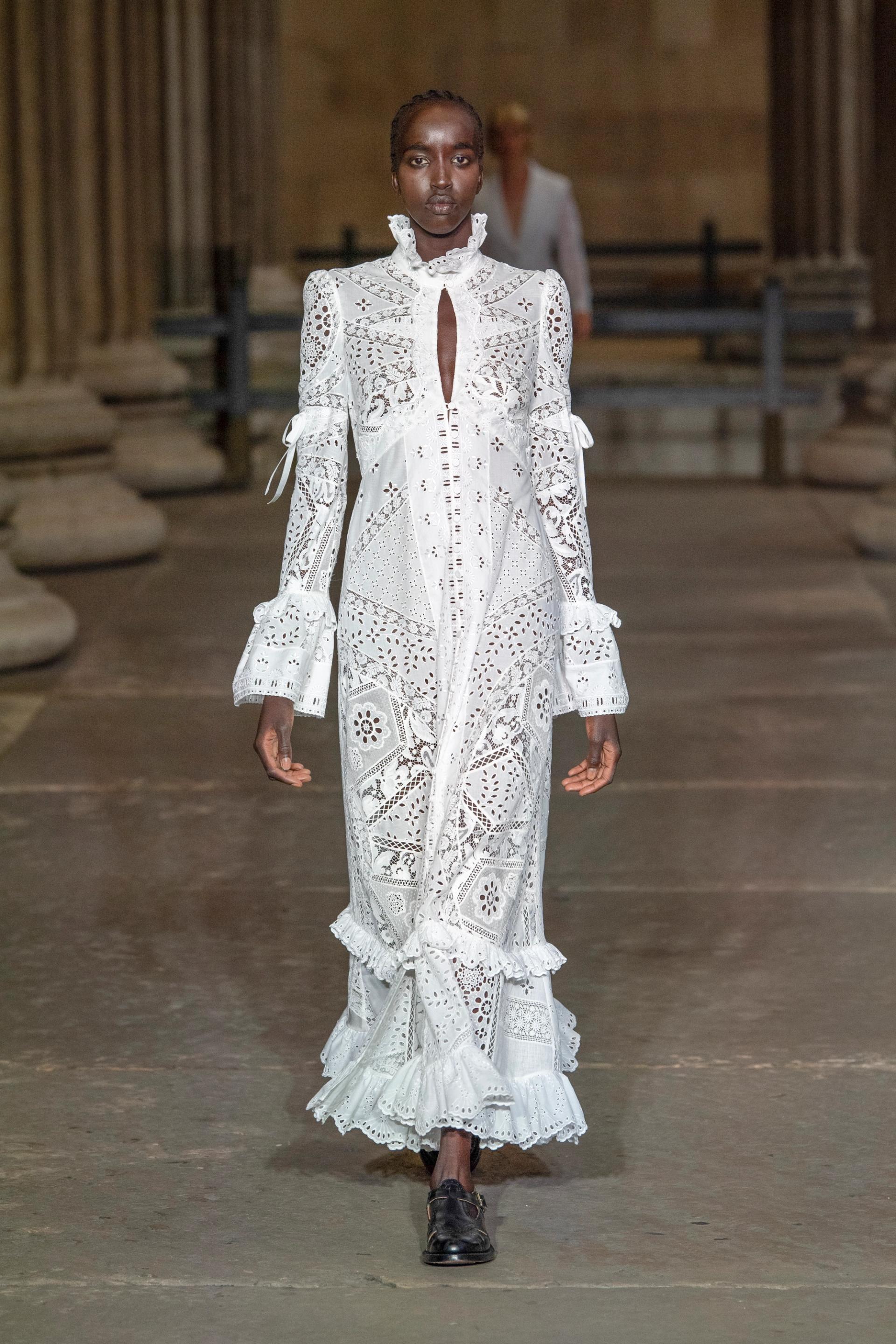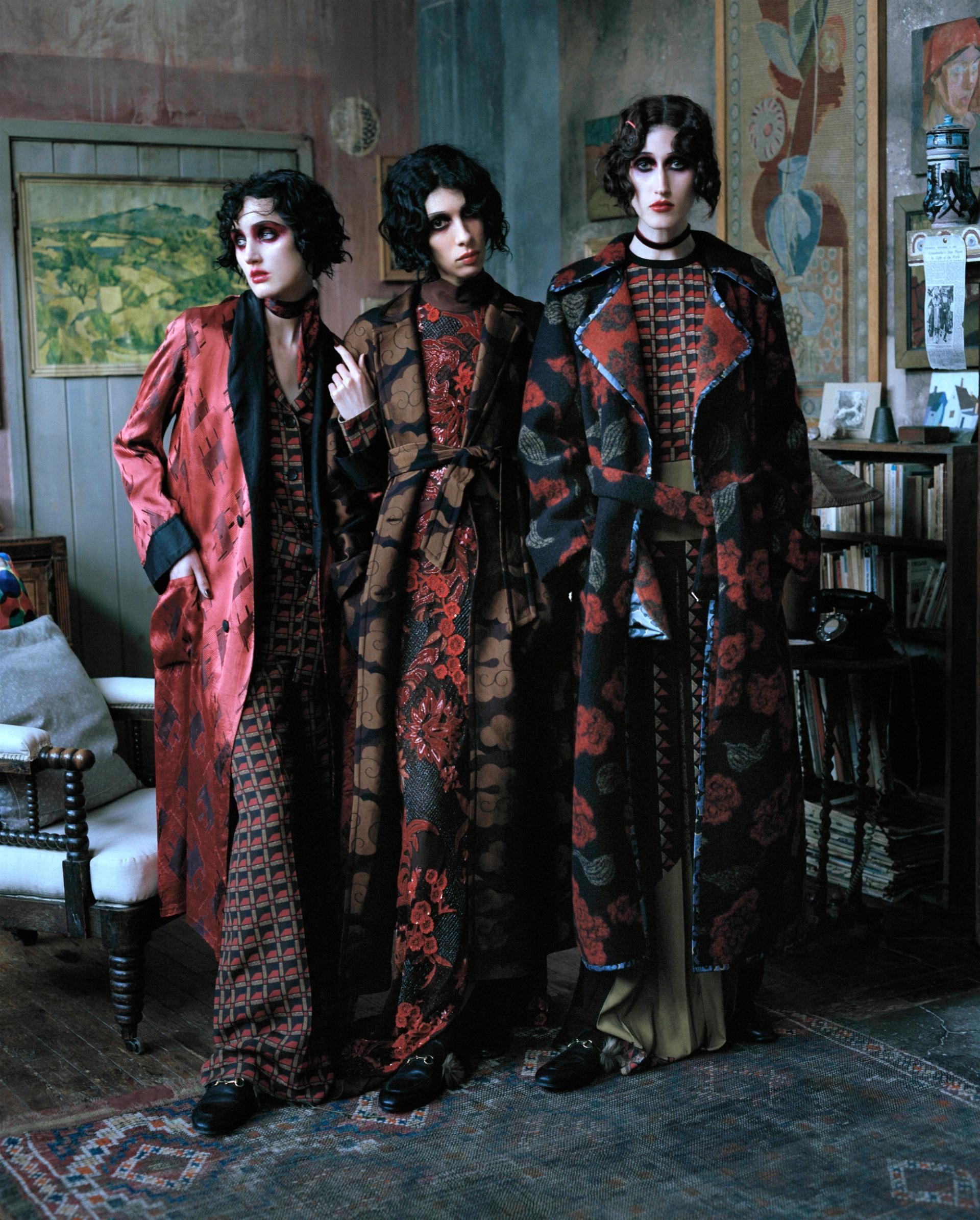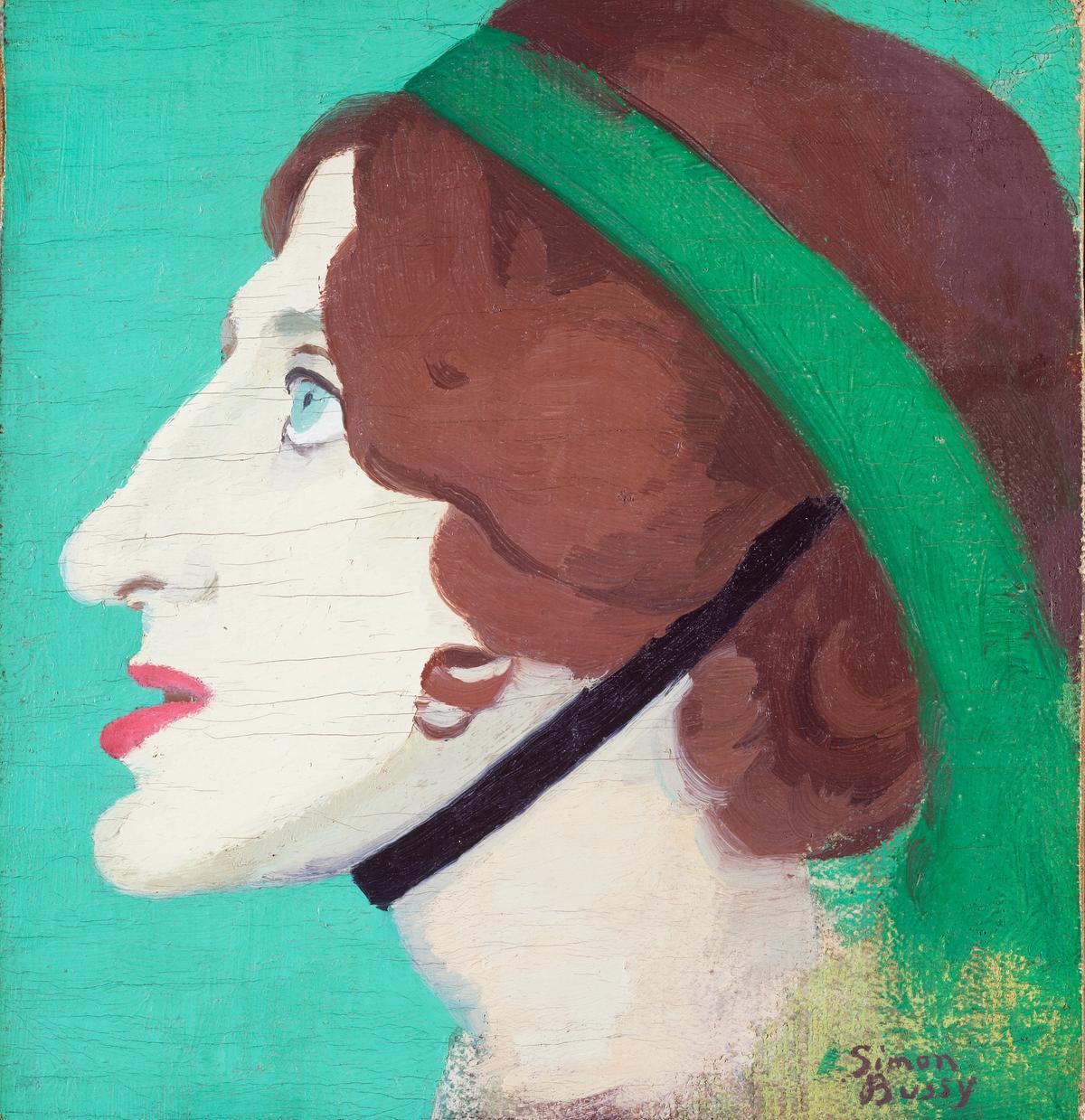Charleston, the rural retreat of the Bloomsbury Group in East Sussex, is expanding, launching two exhibitions and a programme of community projects at Southover House in nearby Lewes.
Crucially, the move—approved by Lewes District Council—could lead to the launch of a permanent cultural centre in the town that would run alongside Charleston located in the village of Firle. A dedicated Bloomsbury gallery has also been proposed for the new town centre site, which would show some of the group’s most important works. The coterie of artists and writers such as Virginia Woolf and Duncan Grant was deemed unconventional but its members are viewed today as queer trailblazers.

Charleston in Lewes illustration
Credit: Material Cultures
The new space in Lewes is due to open later this year with Bring No Clothes: Bloomsbury and Fashion (13 September-7 January), an exhibition exploring the influence and legacy of the Bloomsbury group on fashion.
The exhibition, organised by the writer Charlie Porter (who will publish a book of the same name to coincide with the exhibition opening) will include a number of key Bloomsbury items such as necklaces worn by Woolf and her sister Vanessa Bell in an 1896 photograph; a bag, hand-embroidered by Bell, which belonged to Woolf, and the manuscript for an 1888 essay by the painter and critic Roger Fry entitled Shall we wear top hats?

Look 13, ERDEM Spring Summer 2022, shot by Jason Lloyd Evans
© Jason Lloyd Evans
Porter will also focus on the impact of the Bloomsbury group on contemporary designers such as Kim Jones (Fendi) and Christopher Bailey (Burberry). Porter says in a statement: “The Bloomsbury group engaged with fashion in dynamic ways, from philosophical thinking to radical dressing. Bring No Clothes uses garments to shed new light on their lives, as well as bring insight into how we dress today.” The exhibition is sponsored by Christian Dior Couture.

Tim Walker's Rebel Walkers, shot at Charleston for Vogue Italia, 2015
© Tim Walker
The second exhibition in Lewes overseen by the Charleston team is dedicated to the UK artist Jonathan Baldock (13 September-7 January) who will show a series of large-scale sculptural installations in a display billed as his first UK survey show. Both shows will be accompanied by learning programmes, artist-led workshops and community initiatives.
“This initial season of programming in Lewes will enable Charleston to continue consultation with the local community to explore the long-term potential for developing a cultural centre in a town that has never had a major civic art museum,” says a project statement.
The expansion might even lead to a new “Bloomsbury Gallery” with more than 100 major Bloomsbury works brought back to Sussex. Nathaniel Hepburn, the director of Charleston, tells The Art Newspaper: “Three national museums with significant Bloomsbury collections [the National Portrait Gallery, Tate and the Victoria and Albert Museum] have all been on site tours of the new site in Lewes and have written letters of support for the establishment of a permanent Bloomsbury gallery in the building as a unique model of partnership working to share the national collections with audiences outside of London.” Charleston, a registered charity, opened to the public in 1986.


